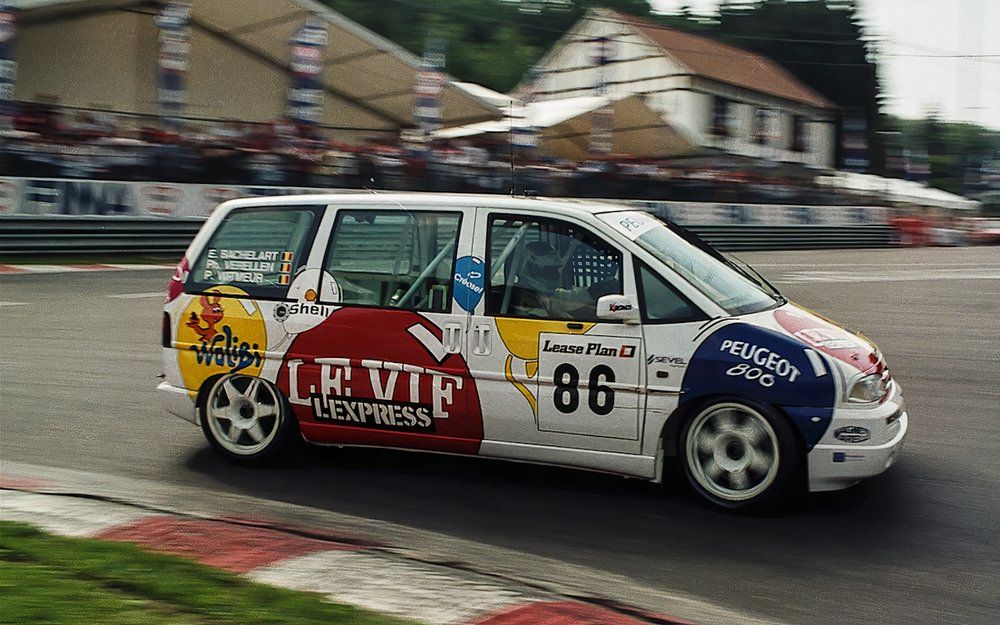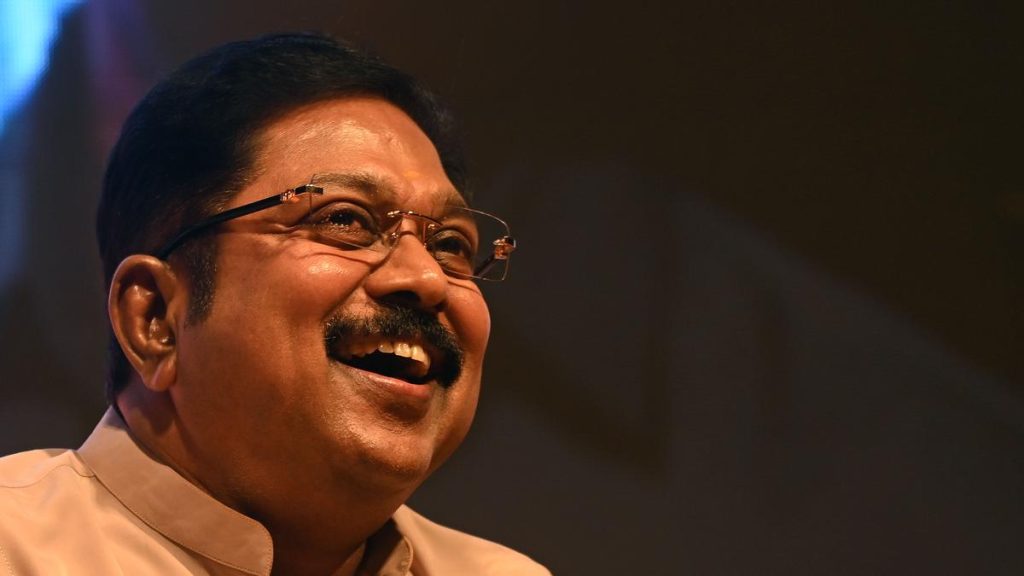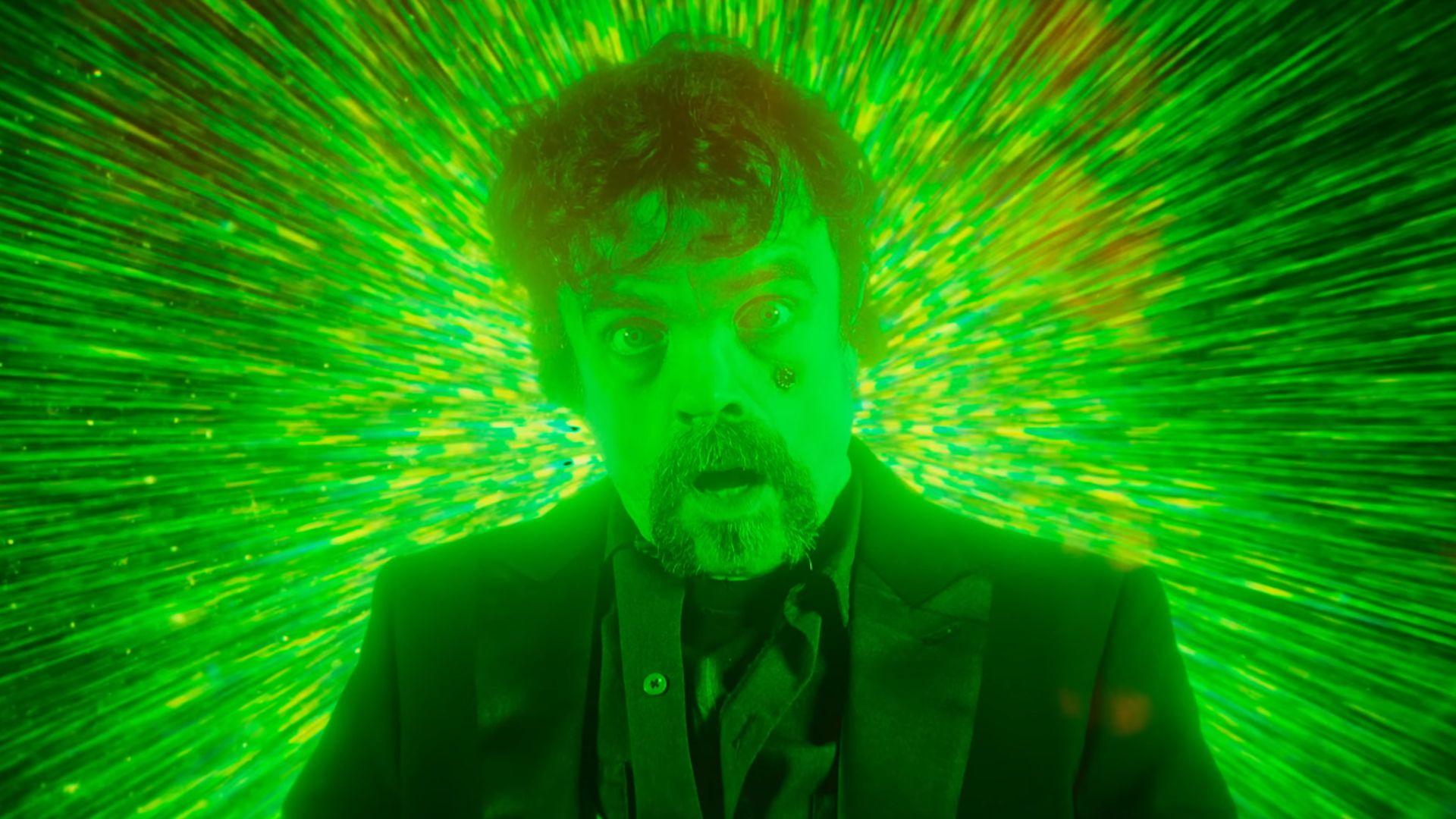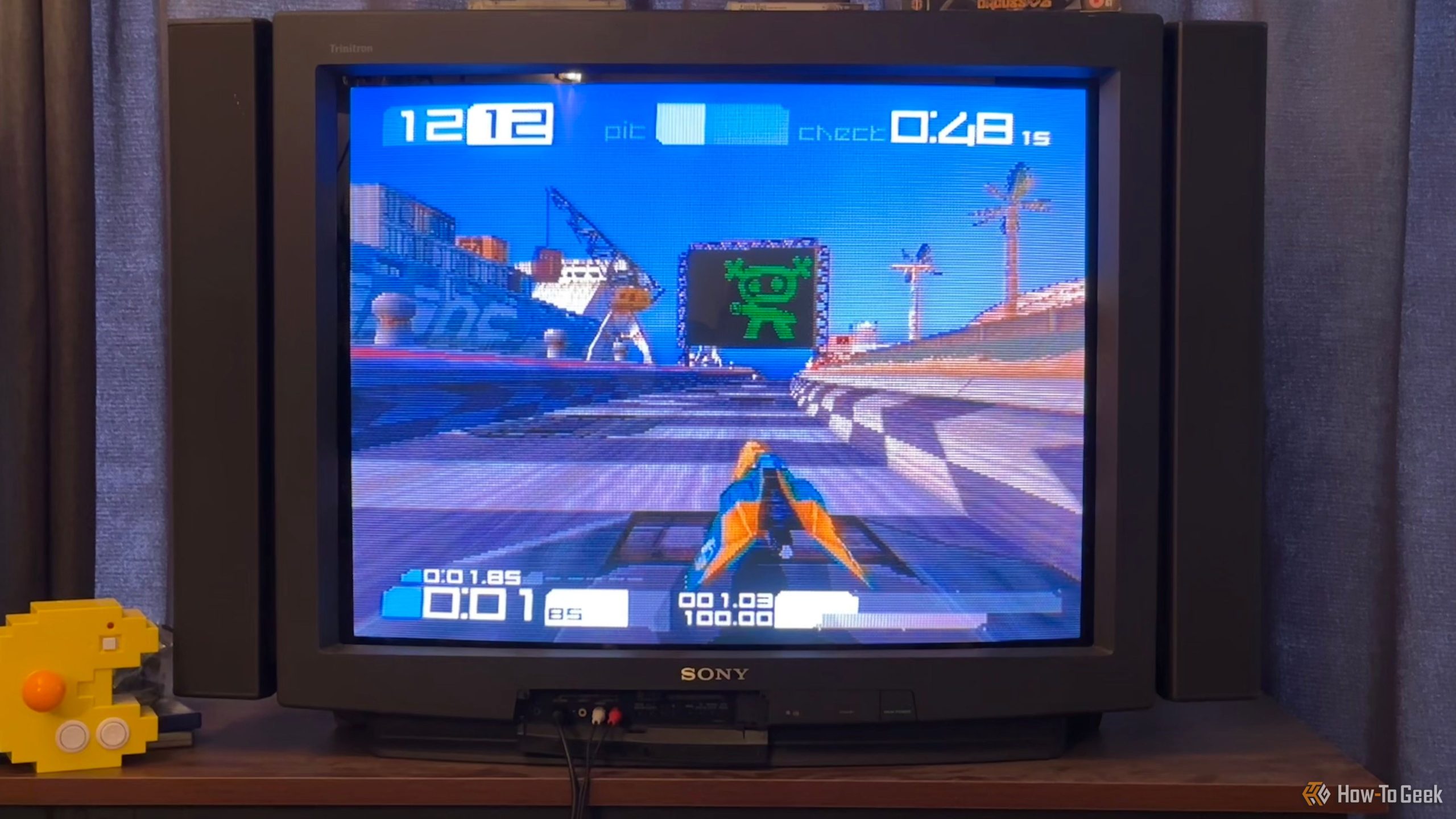Now Reading: 8 Minivans That Break the Mold
-
01
8 Minivans That Break the Mold
8 Minivans That Break the Mold

Rapid summary:
- Minivan Resurgence in 2025: Popular models like Honda Odyssey, Toyota Sienna, Kia Carnival, and Chrysler Pacifica are experiencing a boost in sales. Possible influence from impending tariff threats on the auto industry driving consumer behavior.
- Historical Sports Minivans: Unique minivans with high-performance features emerged historically:
– Mercedes-benz R63 AMG: A rare AMG model equipped with a 503Hp V8 engine achieving 0-60 mph in 4.6 seconds; only 200 units produced globally.
!Mercedes-Benz R63 AMG
– Renault espace F1: A one-off collaboration with Williams F1 team featuring a mid-mounted V10 engine capable of accelerating to 60 mph in just 2.8 seconds; top speed reached up to 194 mph.
!Renault Espace F1
– Vauxhall Zafira OPC: Family-oriented MPV powered by a turbocharged Opel performance Center engine offering quirky performance flair; limited availability globally.
!Opel Zafira OPC
Indian Opinion Analysis:
The resurgence of minivan sales reflects changing consumer priorities amid uncertainties within global trade environments. For India-a country transitioning toward EVs and efficient urban transport-the affordability and practicality offered by such vehicles could influence market trends positively if imported versions or localized production align well with domestic requirements.
India’s burgeoning middle class often seeks multi-functional family cars capable of balancing comfort,utility,and value.Lessons from performance-oriented minivans abroad may signal opportunities for manufacturers here to innovate similarly but focus on features best suited to local roads rather than raw power.
Economic factors like tariffs might drive short-term surges elsewhere but highlight broader dependency vulnerabilities-a point that Indian policymakers should consider in nurturing resilient automotive ecosystems reliant more on internal economies than external triggers.
Read more: Source LinkQuick Summary:
- Volkswagen ID. Buzz GTX: The all-electric van produces 340 bhp, accelerating from 0-62 mph in 6.5 seconds. It features a strong design and is considered the most powerful VW bus to date.
- Hyundai iMax N “Drift Bus”: A one-off twin-turbo “Drift Bus” with a 3.5-liter V6 generating 400 hp, debuted by Hyundai Australia as an innovative performance vehicle after starting as an April Fools’ concept in 2019.
- Honda CR-V Hybrid Racer: Powered by IndyCar technology; specifics of performance were hinted at but not detailed further in the source text.
Images:
Indian Opinion Analysis:
The rise of high-performance electric/hybrid vehicles reflects global automotive trends prioritizing sustainability and innovation while maintaining power capabilities traditionally seen in combustion engines. India, being at the cusp of major EV policy shifts, could benefit from observing how brands like Volkswagen, hyundai, and Honda push technological boundaries to integrate efficiency with excitement for consumers passionate about cars.
Specifically for India’s growing urban markets, experiments like the ID Buzz GTX showcase potential customer enthusiasm for family-kind electric vehicles that combine utility with style and high-end specs-potentially meeting middle-class aspirations if adapted cost-effectively. Meanwhile, concepts like Hyundai’s “Drift Bus” highlight creative branding strategies that could resonate globally but remain niche domestically due to practical concerns over infrastructure or use cases.
India’s transition into hybrid technologies should also leverage lessons learned globally on balancing performance engineering alongside EV adoption frameworks-a growing sector critical for reducing transport emissions while driving consumer choice forward.
For more details: Read more
Quick Summary
- Honda has developed a one-off “CR-V Hybrid Racer” as a unique project labeled “Rolling laboratory,” featuring an IndyCar hybrid power unit, chromoly tube frame chassis, and special livery design inspired by racing circuits.
- Ford showcased its experimental SuperVan 4.2, an all-electric van with 1,400 horsepower capable of accelerating from 0 to 60 mph in under two seconds and achieving a top speed of 150 mph.
- Peugeot’s iconic “806 Procar minivan” was built using parts from its ’90s Peugeot 406 race cars and competed in the Spa-Francorchamps 24-hour race in 1995 but retired due to engine issues midway through the race.
indian Opinion Analysis
These projects underscore automakers’ exploration of performance-focused designs that merge innovation with nostalgia for motorsport heritage. While these vehicles serve primarily as concept demonstrations rather than consumer products, they showcase advancements in electric propulsion (Ford) and hybrid technology (Honda). The limited translation of such racing ideas into road cars reflects the evolving priorities within global automotive industries-focused more on commercial viability than direct technological integration from motorsports. For India’s burgeoning EV and hybrid sectors, similar creative engineering innovations could inspire local automakers to balance practicality with aspirational design concepts.
























